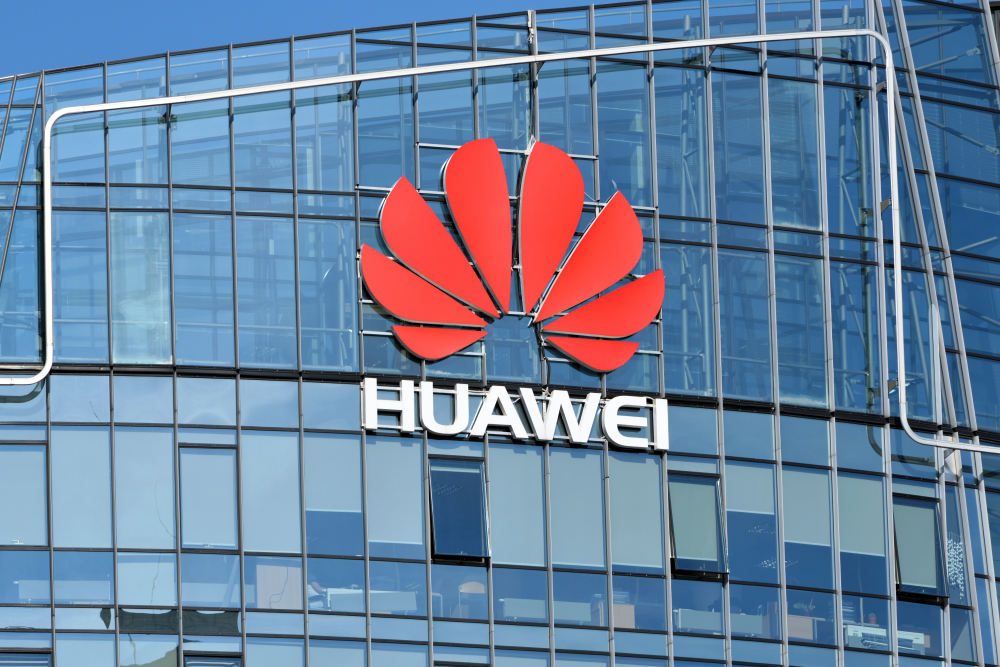Numerai to Cut Token Supply by 10 Million to Become ‘Decentralized as F*ck’

Numerai never did a token sale, but people have its token and they are using it.
The numeraire (NMR) was launched in June 2017 as an early departure from the initial coin offering (ICO) template. Now, with the final upgrade of the company’s smart contract on ethereum, the maximum supply of tokens will drop from 21 million to 11 million, and the company will throw away the keys to the contract controlling its supply.
“We are going to be decentralized as fuck,” Numerai founder Richard Craib told CoinDesk in an interview.
Craib argues this has always been the plan, but the move dovetails nicely with comments by U.S. regulators suggesting widely-used tokens that no one company controls are viewed more favorably.
When CoinDesk asked Craib if the company has been in touch with the U.S. Securities and Exchange Commission about its business model, he declined to comment. Regardless, Craib seemed relieved that his company never opted to do an ICO. Rather, NMR tokens were distributed via airdrops and as payments to users of its platform.
“I think from a securities perspective the key question is whether or not the SEC will go after a company that only did an airdrop, rather than an ICO,” said Margaret Rosenfeld, the blockchain practice lead at law firm Smith Anderson.
How it works
Craib doesn’t dispute that Numerai has been centralized up till now.
Numerai started as a marketplace for data that its hedge fund could use to make investments. With the full debut of Erasure, its software on ethereum, Numerai will open up that marketplace to any fund that wants to incorporate other people’s work.
Numerai dates back to 2015. It was founded as a hedge fund that wanted to give data analysts a better way to sell good data analysis. To date, Numerai has been using its software to let data scientists crunch numbers for Numerai’s own benefit, but Erasure will let anyone making predictions prove their track record.
Today, even with only one customer, there are 25,000 stakes of NMR, according to the company, making it ethereum’s most-used token.
What’s striking about the recent decentralization announcement, though, is the company’s decision not only to turn the software over to NMR holders but to mint significantly fewer tokens than originally planned.
According to Craib, if Erasure is meant to bring in lots of new participants, then it’s important to cut off the new supply of NMR.
Craib explained:
“We had to be sure those people didn’t have to trust Numerai not to mint a whole bunch of tokens.”
Why rush?
But there’s a lingering question: why move so quickly?
“Nothing we are doing now is a reactionary thing,” Craib told CoinDesk. He added that he believes the SEC’s priority has been to take on ICOs that went too far.
That said, we’ve already seen one project, Stream, decide to pull its ICO because the firm didn’t think it could do it legally, and then shut down entirely when it didn’t believe it could even do an airdrop.
Nevertheless, Craib seems confident that turning the protocol over to NMR holders will be enough.
Rosenfeld, the Smith Anderson lawyer, was not so sure. She said the SEC will look at everything the company has done with the token, not just what it’s doing once it has completely decentralized. The “taint of a security” doesn’t just go away in the eyes of the SEC, she said.
Still, she added: “[U.S. regulators] haven’t yet gone after a company that has just done an airdrop.”
Numerai 2.0
So far, NMR payments have been issued to users by way of a weekly analysis tournament. Competing analysts had to use NMR to stake their work. It was a way of expressing confidence in their models. If their analysis proved right, bigger stakes got bigger NMR rewards.
If their work was bad enough, scientists could lose their stake, but lost stakes didn’t go back to Numerai, Craib explained. Lost stakes just got burnt.
On Erasure, users will be able to prove that they’ve made good predictions on a given dataset over time and sell those predictions to anyone who thinks their fund can make good use of it.
Similar to the existing system, analysts will need to stake their predictions to express confidence. Buyers can pay to destroy their stake if they get frustrated with a predictor.
Joshua Gans, an economist at the University of Toronto, doesn’t buy the staking approach on Erasure, but its community won’t have to stick to it. With the launch of Erasure, NMR will also become a governance token. Holders can vote to approve a better approach to managing spammy datasets if a better approach comes along.
What they won’t be able to do is vote to increase the token supply, as that smart contract will be shut down for good.
But wait, there’s more
With Erasure’s launch, the supply of NMR tokens will rise by almost half again.
How that happens could be a key question for regulators. The company is not revealing how that last lot of tokens (over 50 percent of the existing supply) will be distributed.
According to Numerai, there are currently about 7 million NMR in existence. CoinMarketCap pegs that number at 2.3 million. Craib says the difference is largely explained by the fact that the company locked up 3 million tokens for a decade in May, but that still leaves 1.7 million unaccounted for.
“I don’t really know where CoinMarketCap gets their information,” Craib wrote CoinDesk in an email.
In Erasure’s early days, “Numerai will be one of the biggest purchasers of data feeds, for the time being,” Craib projected, but he believes it is inevitable that other hedge funds will begin scouring it for predictions.
“It’s fundamentally going to be a token about users and usage,” he said.
Numerals image via Shutterstock









